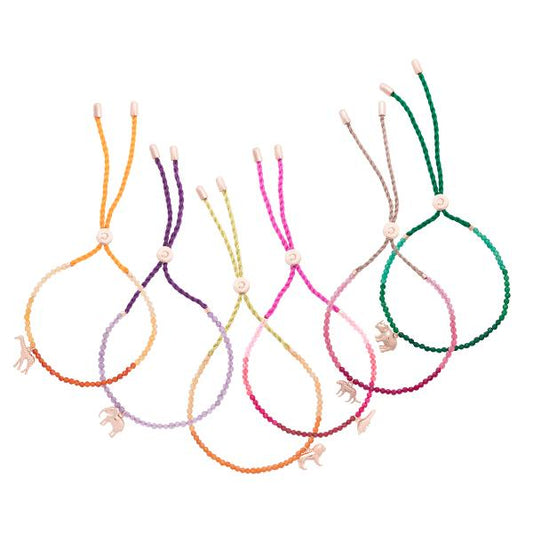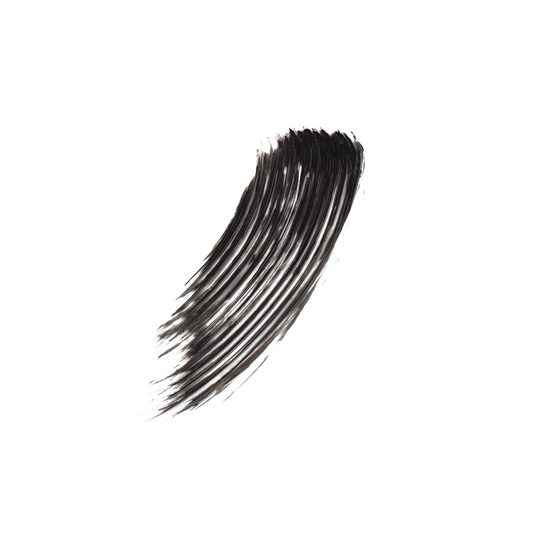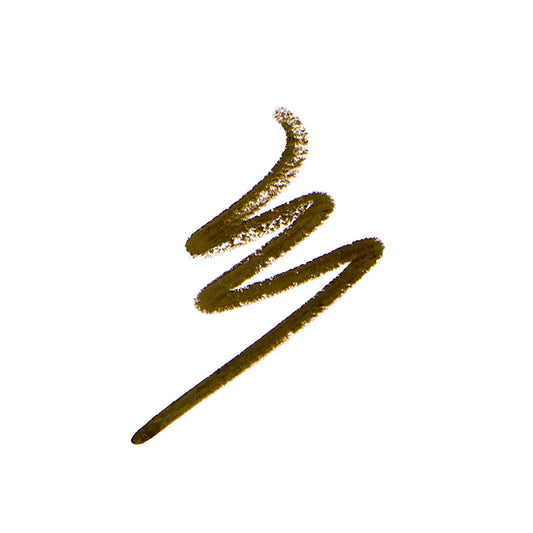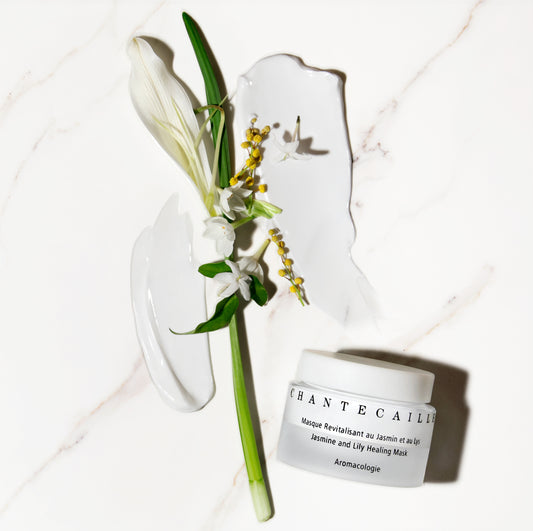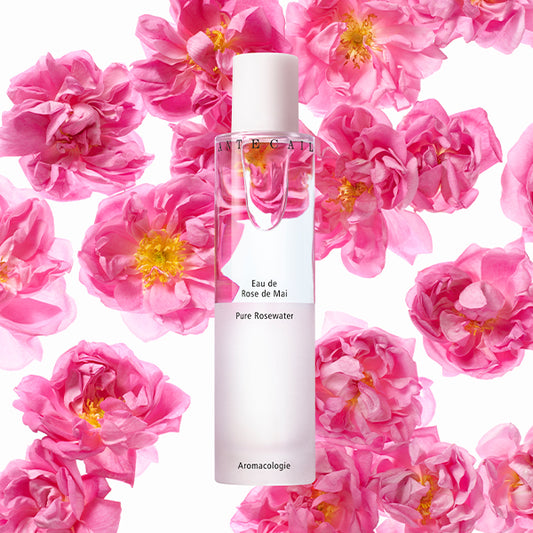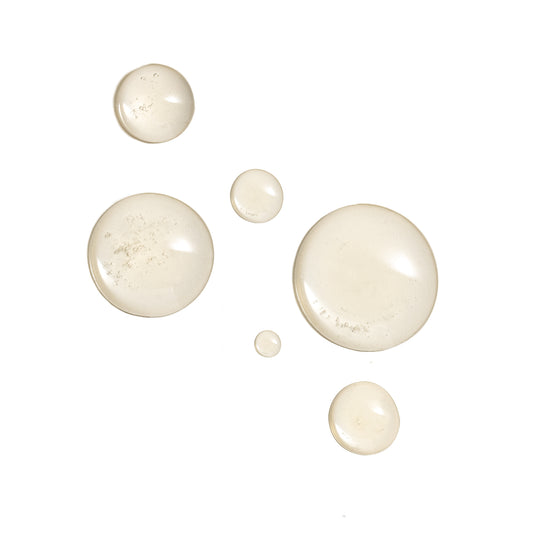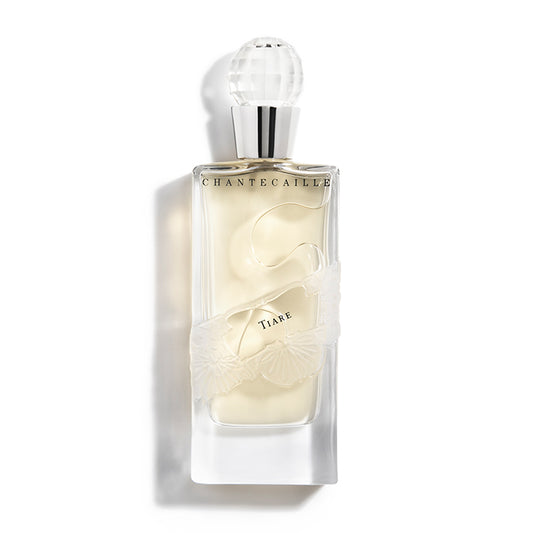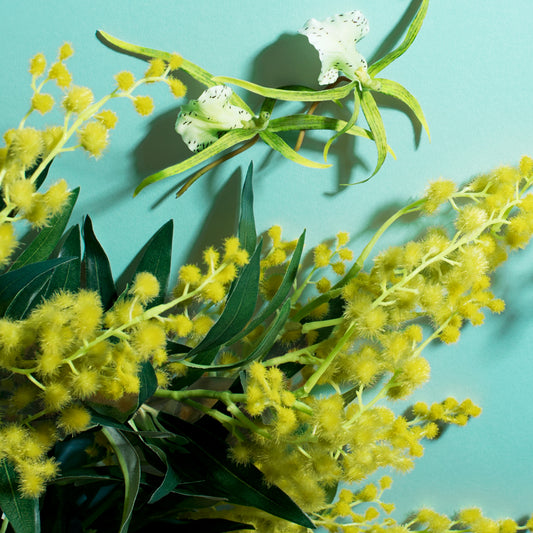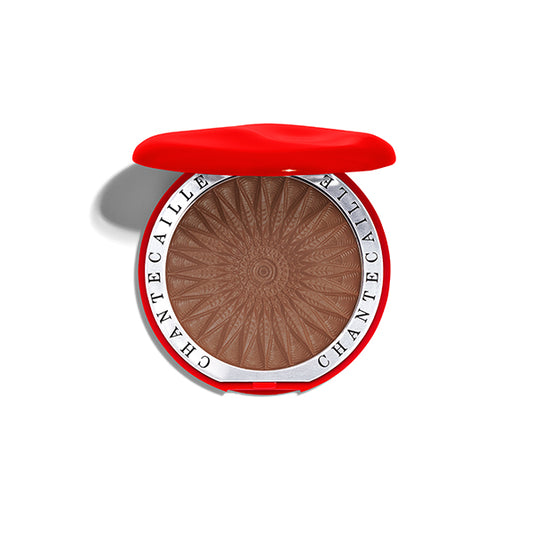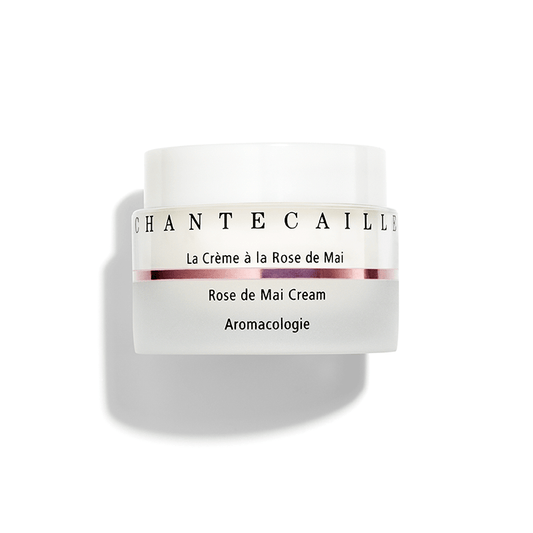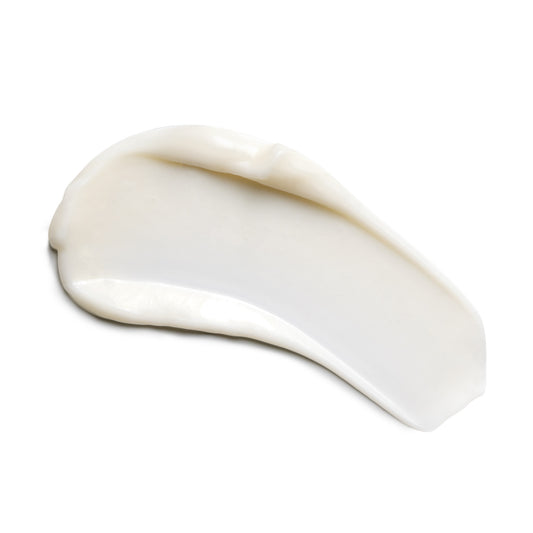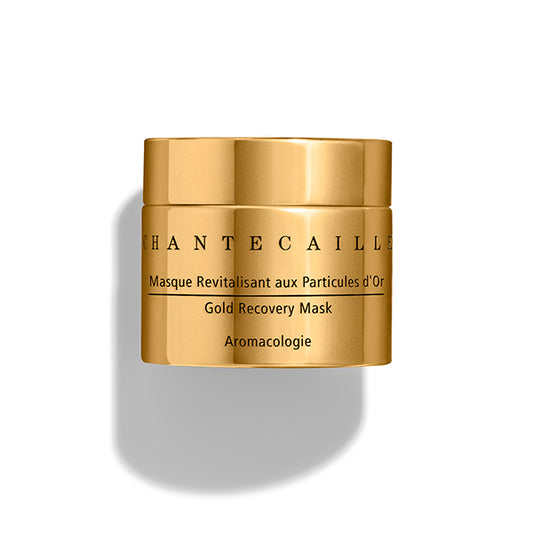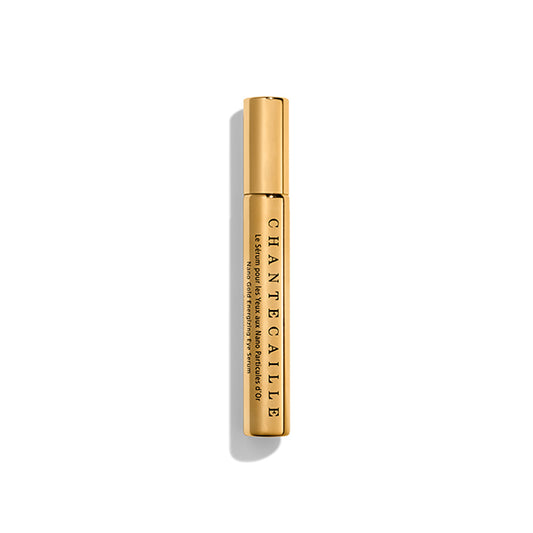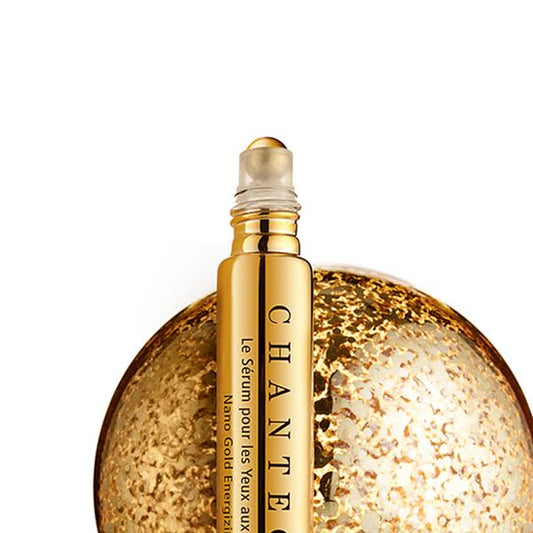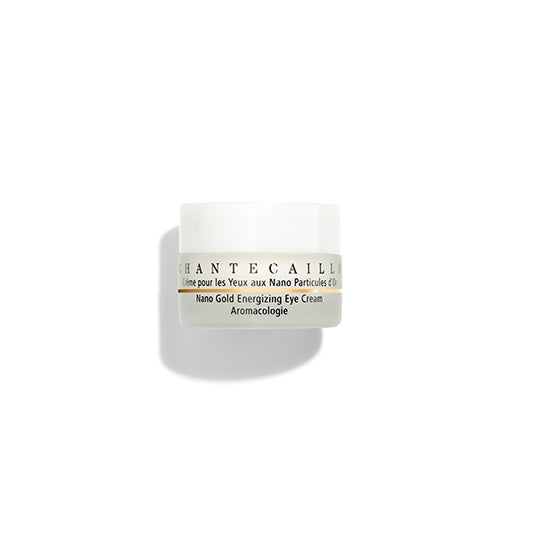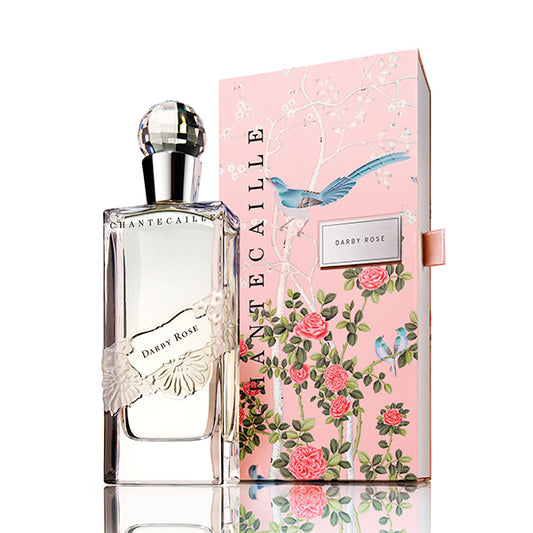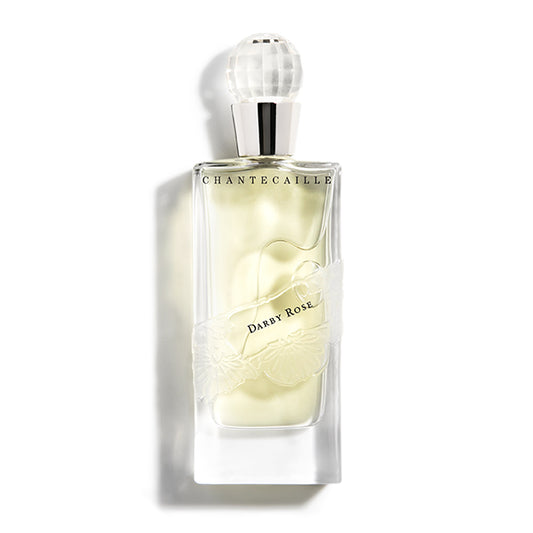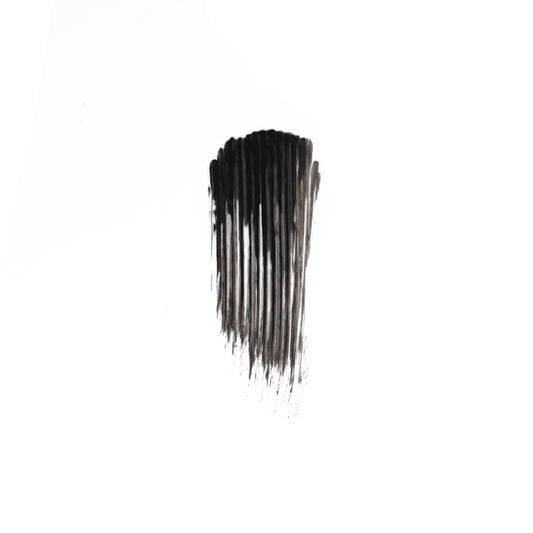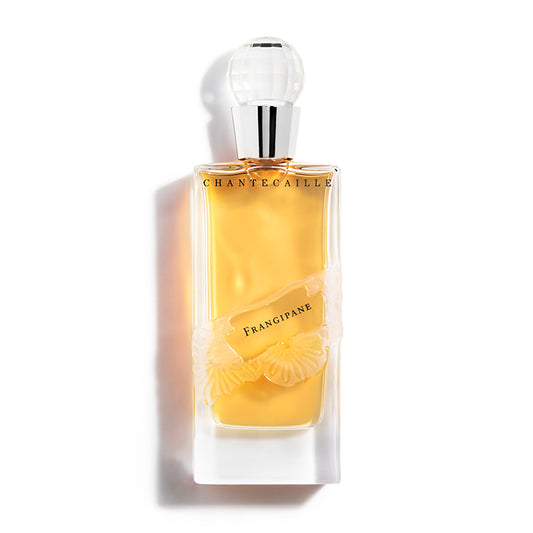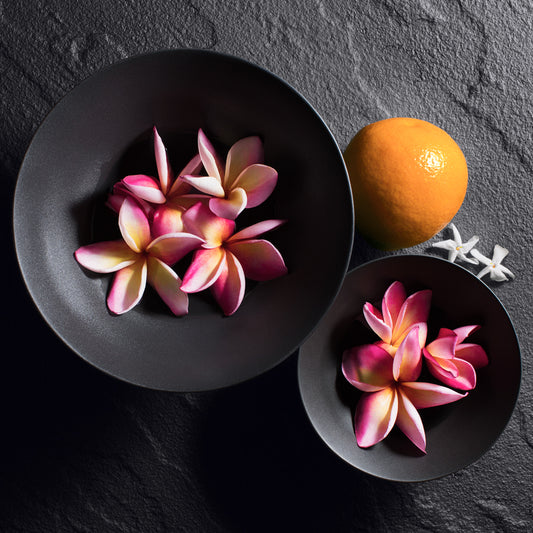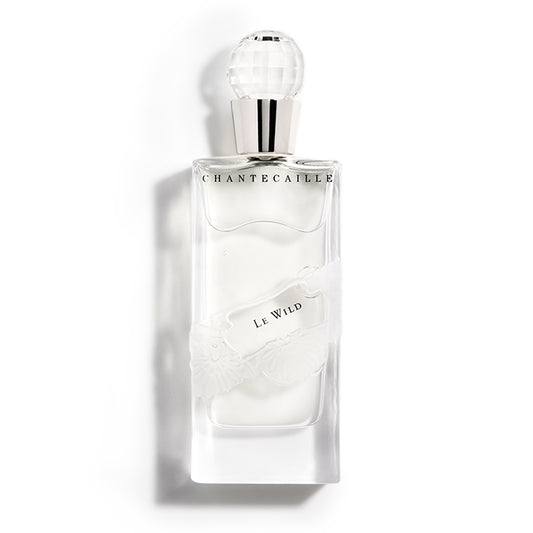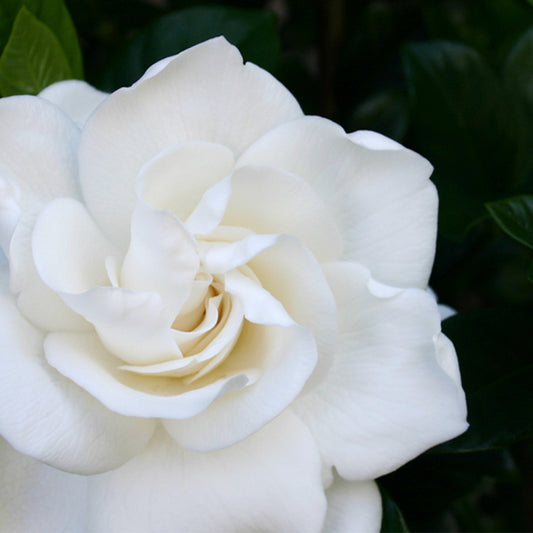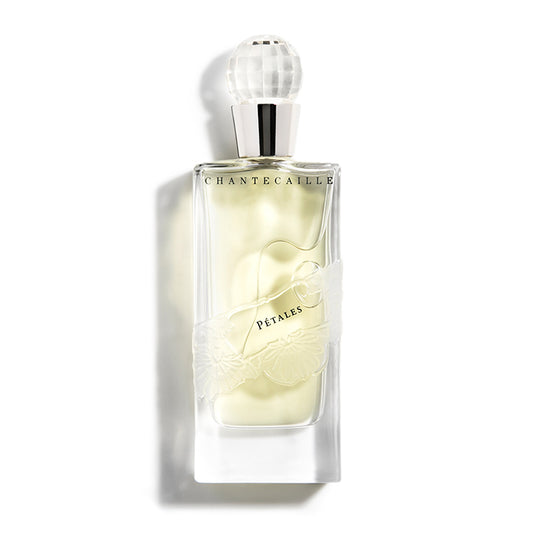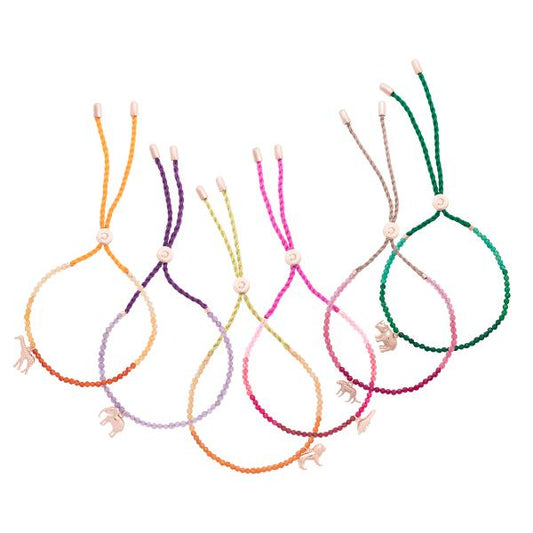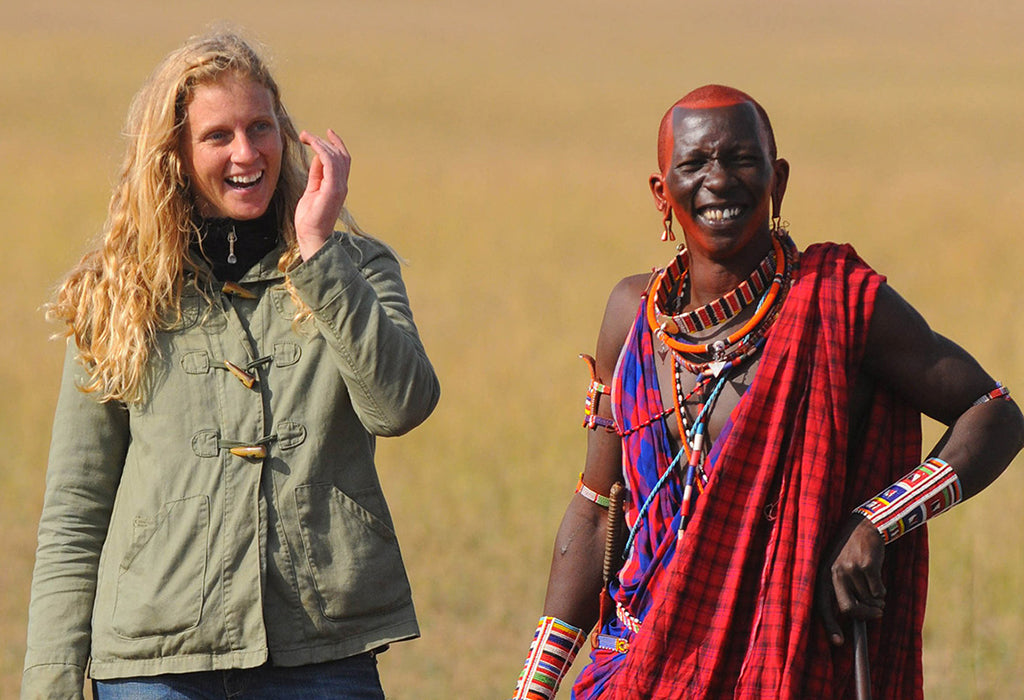
Co-founder Dr. Stephanie Dolrenry and a Maasai Lion Guardian. Photo courtesy of Lion Guardians.
The Team That's Changing How Lions and People Coexist
The founders of Lion Guardians developed a creative solution to the problem of lion killing in Kenya and beyond: empowering local warriors to become their fiercest protectors.
In the Amboseli-Tsavo region of Kenya, a dry landscape in which the majority of local communities make their living from herding cows and other livestock, coexisting with lions has always been complicated. As human populations have grown, the predators – increasingly squeezed out of their range lands – come into contact with these communities more often and kill their animals for food. There are culturally grounded conflicts too. One timeless rite-of-passage tradition held that young Maasai warriors would kill a lion in order to achieve manhood. Altogether these issues were resulting in significant loss of lives on both sides.
The idea that would eventually lead to Lion Guardians came from the warriors themselves, the very group responsible for many of the killings: that they were in the best position to engage in lion conservation – after all, they were young, fit, and experienced at tracking wildlife in the bush. Dr. Leela Hazzah and Dr. Stephanie Dolrenry recognized the incredible potential in this idea and introduced the Lion Guardians program in 2007. Their approach involves recruiting those young Maasai warriors to monitor lion populations, blending their traditional culture, skills, and knowledge with technology like GPS and radio telemetry to help their communities to live in proximity to lions. This novel idea has transformed the people who were once lion killers into lion protectors. The best part? Their experiment worked: The lion population is booming. They emailed us from their base in Kenya.
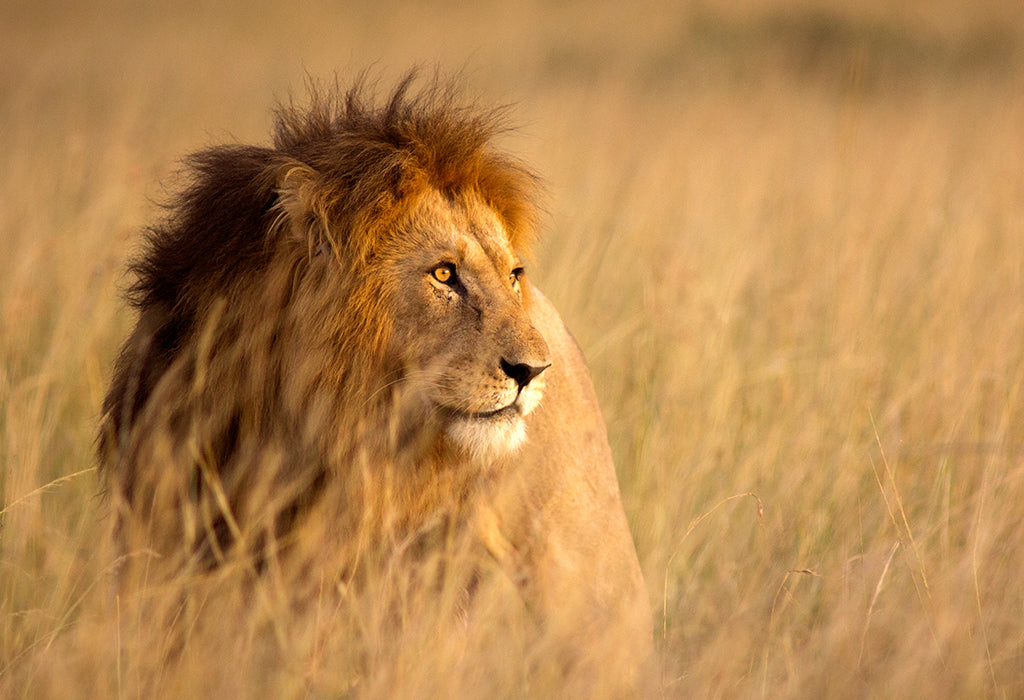
Male lion in Kenya's Masai Mara.
Can you tell us what it feels like to be close to a lion in the wild?
It is something that you never get tired of—having a lion emerge from the golden grasses, padding towards you on nearly silent paws as they gaze intently at you with huge amber-yellow eyes. They are spectacular creatures—strong, majestic and wild. Yet it is always amazing to watch them play like any cat would play, scratching on a tree like a domestic cat scratches on a post, rolling and chasing like a house cat after a string.
How did you know you wanted to work with lions?
From a very young age, we both knew we wanted to dedicate our lives to wildlife conservation—in particular to those species that were endangered due to conflicts with humans. From the moment we set foot in East Africa, we knew this is where we wanted to work. Lions and pastoralist communities were the most intriguing to us, because lions are not only one of the world’s most charismatic and emblematic species, they are also at risk of extinction primarily due to people who are trying to safeguard their own livelihoods. In the early days, we thought that if we could figure out a way to help people live peacefully with a species that is a direct threat to their livelihoods, then that would be the ultimate in conservation success. We also hoped this knowledge could be passed on to save lions and help communities in other regions of Africa.
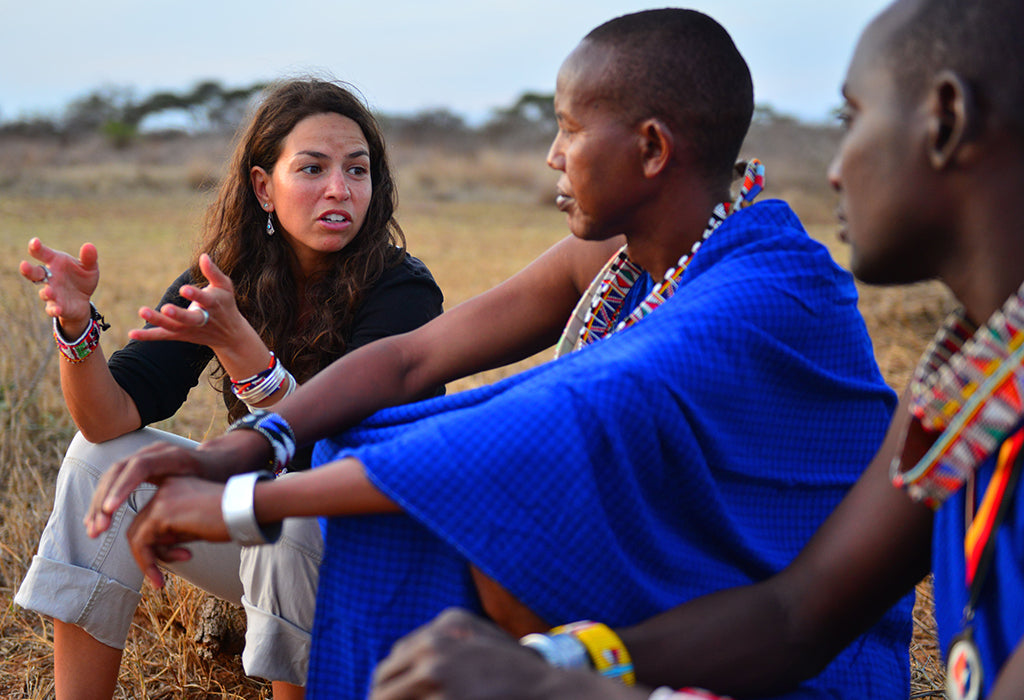
Co-founder Dr. Leela Hazzah with Lion Guardians. Photo courtesy of Lion Guardians.
Describe what it was like to arrive in Amboseli in 2005-06. What were those first few weeks/months like?
The first weeks and months were exciting and very challenging. There was so much to learn and understand. It took years for us to fully comprehend both sides of the story—the people, the lions and the challenges they each faced.
Tell us about the Maasai—what was the relationship like when you arrived, and what is it like now?
When we first started, we were not sure if our ideas would work. The warriors had never been to school, they had never held paid jobs—we had to train them, teach them to read and write, and build their capacity to monitor lions and wildlife and mitigate conflicts with communities. Most importantly, though, we needed their perceptions to shift, to see themselves as guardians of lions, not lion hunters. This shift has happened. Today the Guardians feel a sense of ownership over the lions they monitor. It is the same type of strong bond that they have with their cows; it is their livelihood and it has become their reputation.
For example, today, within Maasailand, employment brings more prestige than killing a lion does. Furthermore, we are utilizing all the traditional skills of a Maasai warrior to both reduce conflict between livestock and carnivores and to monitor lions. Finding lost livestock, reinforcing livestock corrals, and informing herders of predator presence were all traditional mitigation techniques that Maasai warriors used. Moreover, warriors have traditionally been recognized by their community as the defense force or army of the community. This job lets them keep this important cultural role. We are delighted to have a booming lion population in the community lands where lions were once nearly absent from.
"Today, within Maasailand, employment brings more prestige than killing a lion does."
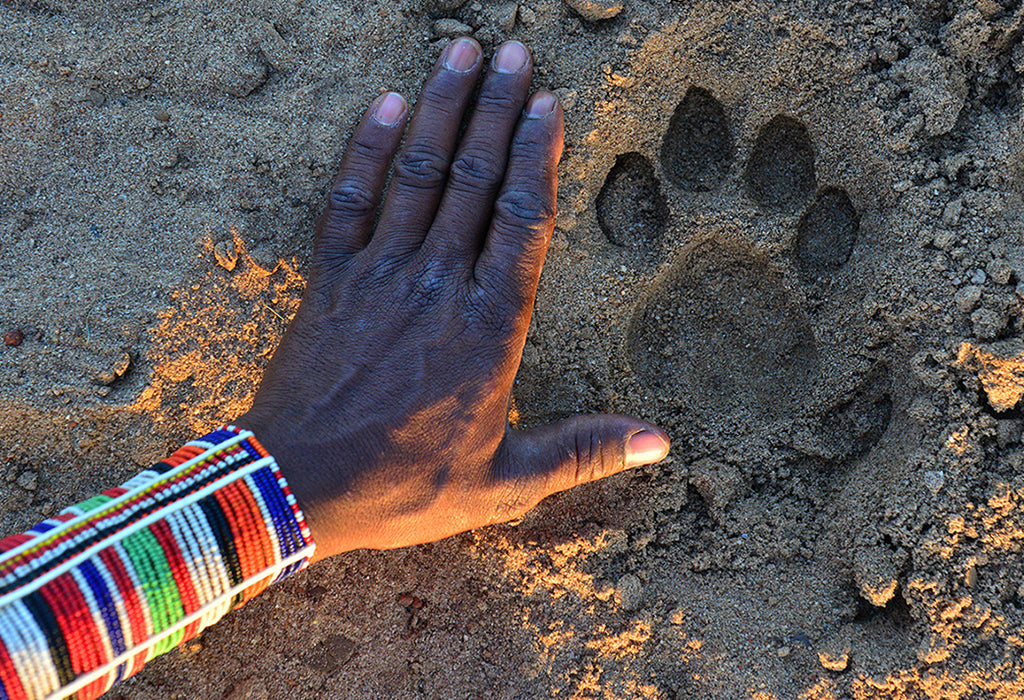
A tracker with a lion footprint. Photo courtesy of Lion Guardians.
Tell us about your success and how you have been able to take your method into other regions in Africa.
Our unique approach has reduced lion killing by more than 90% in areas where our model is used. At our core site in southern Kenya, the lion density has increased more than fivefold since we started our work, and we have documented improved connectivity between the Ngorongoro and Serengeti lion populations in Tanzania.
We believe that conservation approaches cannot be developed overnight; you need to take your time and truly understand the local context (culture, values, motivations behind a targeted behavior, etc.) as this will allow for a more sustainable and organically developed program to surface and succeed.
Local people are the ones who share their landscape with wildlife and bear the costs of living with them. So it is essential to listen to their problems, their concerns, and attempt to empathize with their situations. Every story has two sides—it is important to understand both. We believe this has led to the program’s success and acceptance.
We are now engaged in sharing the knowledge we have gathered with other conservation organizations. To date, we have trained and supported hundreds of conservationists working on three continents in monitoring carnivore populations and mitigating human-wildlife conflict. We are ecstatic to see some of the lessons we’ve learned and tools that we’ve developed over the years help save wildlife and ease tensions with communities not only across Africa, but around the world.
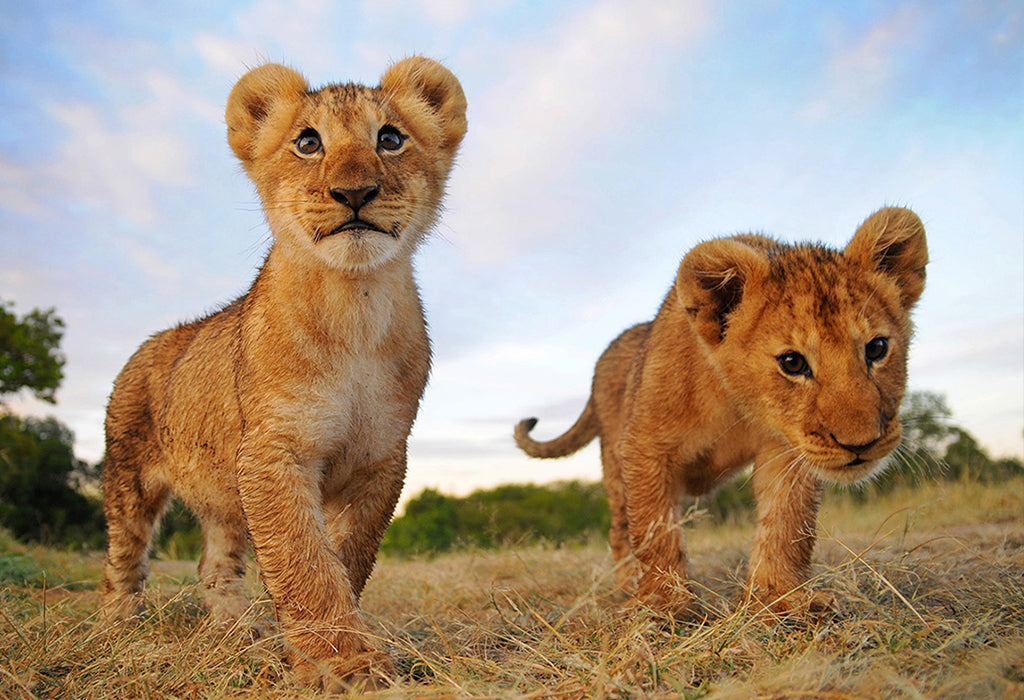
Lion cubs. Photo courtesy of Lion Guardians.
The threats to lions are very real, but to most of the world it might seem like a problem beyond their scope—why should they care?
It is estimated that more than 50% of Africa’s lions have disappeared in the last 65 years; their range has decreased by more than 80%. But there is hope and it takes everyone to pitch in to make a difference—whether you have seen a lion in your life or not, they still need you. There are many ways to support lion conservation, from giving money to supporting the conservation efforts with on-the-ground impact to volunteering your skills to help conservation better the lives of community members so they are more able to tolerate the costs of living with lions. At Lion Guardians we always like to say, “It takes a community to conserve lions and preserve cultures.”
Tell us about your proudest moment in the course of your work in Amboseli.
In the early years, we weren’t sure if this idea of having people who killed lions following and monitoring the lions would work. There was a high probability that this could backfire and we would end up with more dead lions than before. But we took the gamble and within the first years after we started, we went through several tough periods where lions were hungry and taking lots of livestock. People were angry and wanting to kill the lions, but the new Guardians stood up and defended the lions and were able to calm their communities and save the lives of the lions. That moment is when we knew that this idea would work; the killers had become conservationists. We were very proud of them and their hard work and we continue to be to this day.
We are also very proud when we see all the new cubs that are being born and surviving. We have now safely protected five generations of lions. It gives us tremendous satisfaction to see lions that were tiny cubs in 2007 have survived and are currently raising their sixth litter of cubs. And now their daughters have daughters that are also giving birth as the virtuous circle of life is propelled by the efforts of the Guardians and other conservation partners.
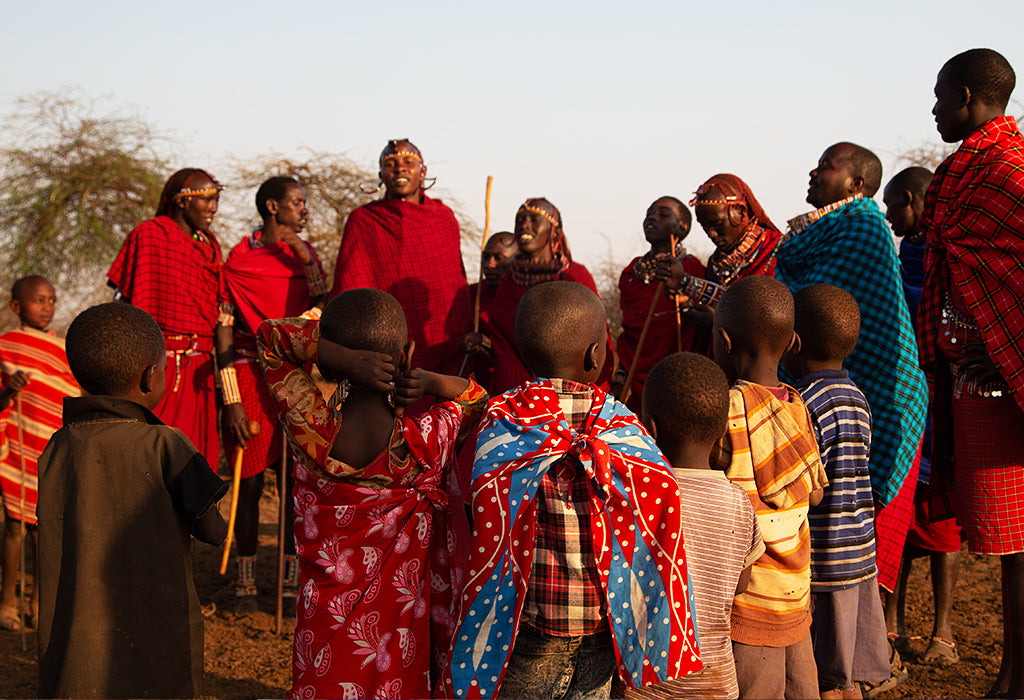
Maasai Lion Guardians with their families. Photo courtesy of Philippe Chantecaille.
What is living in Amboseli like? Do you miss anything from your previous life in the States and in Egypt?
Living here in the bush is challenging and amazing each and every day. We face the daily challenges of having little to no water, electricity, or Internet—these can be very frustrating, but when we hear the lions roaring at night nearby and have wonderful neighbors like the Maasai communities, we don’t miss much from our previous lives. We love to share this world with our family and friends as we do miss them. Sometimes we miss having access to delicious foods such as cheeses and fresh salads, but it is balanced by being so close to nature—watching a giraffe outside our tents as we compose an answer to this question is just one example of those balancing moments.
We’re a beauty company, after all—how do you care for your skin in the harsh elements you're constantly exposed to?
Funnily enough, this is one of our toughest challenges! We can deal with aggrieved community members and poorly behaved lions but keeping our skin moisturized is a daily problem! We try our best. Every morning, we make sure to hydrate with a Rosewater mist, then apply a moisturizer that includes a high SPF and of course always wear hats to cover as much as we can from the intense equatorial sun and dust. At night, we use the Geranium Cleanser and our life-saver, the Anti-age Bio Lifting Cream.



